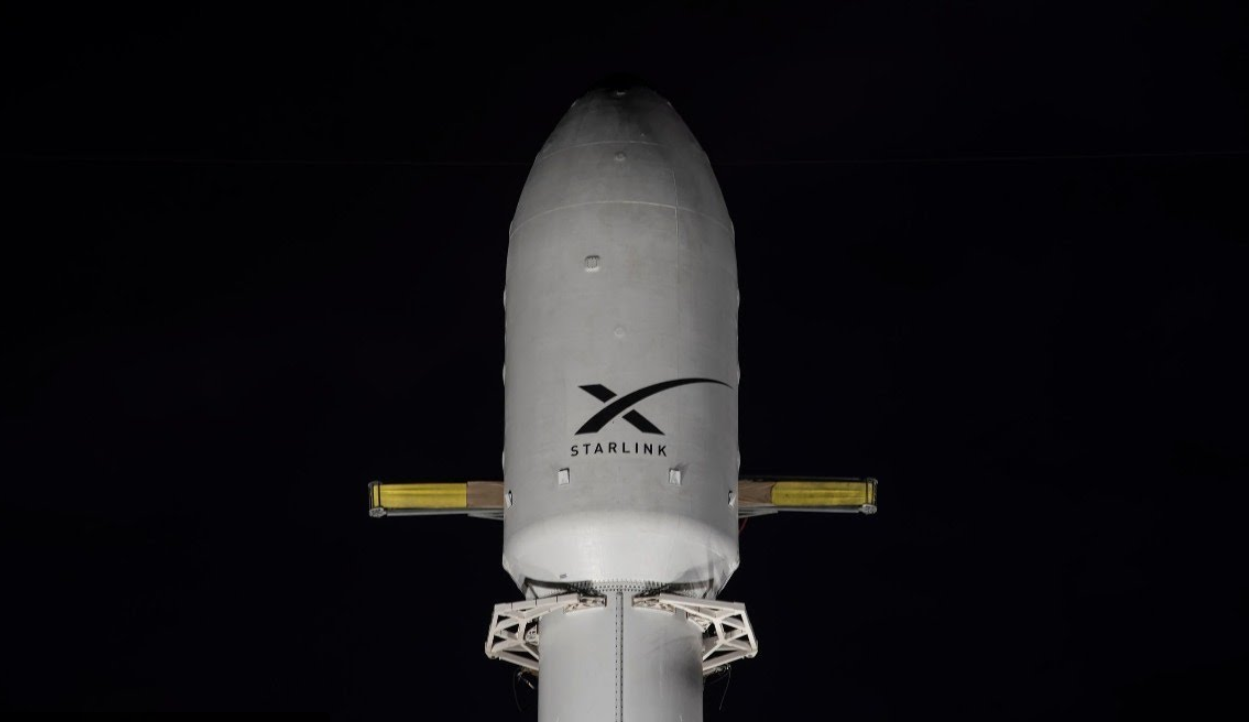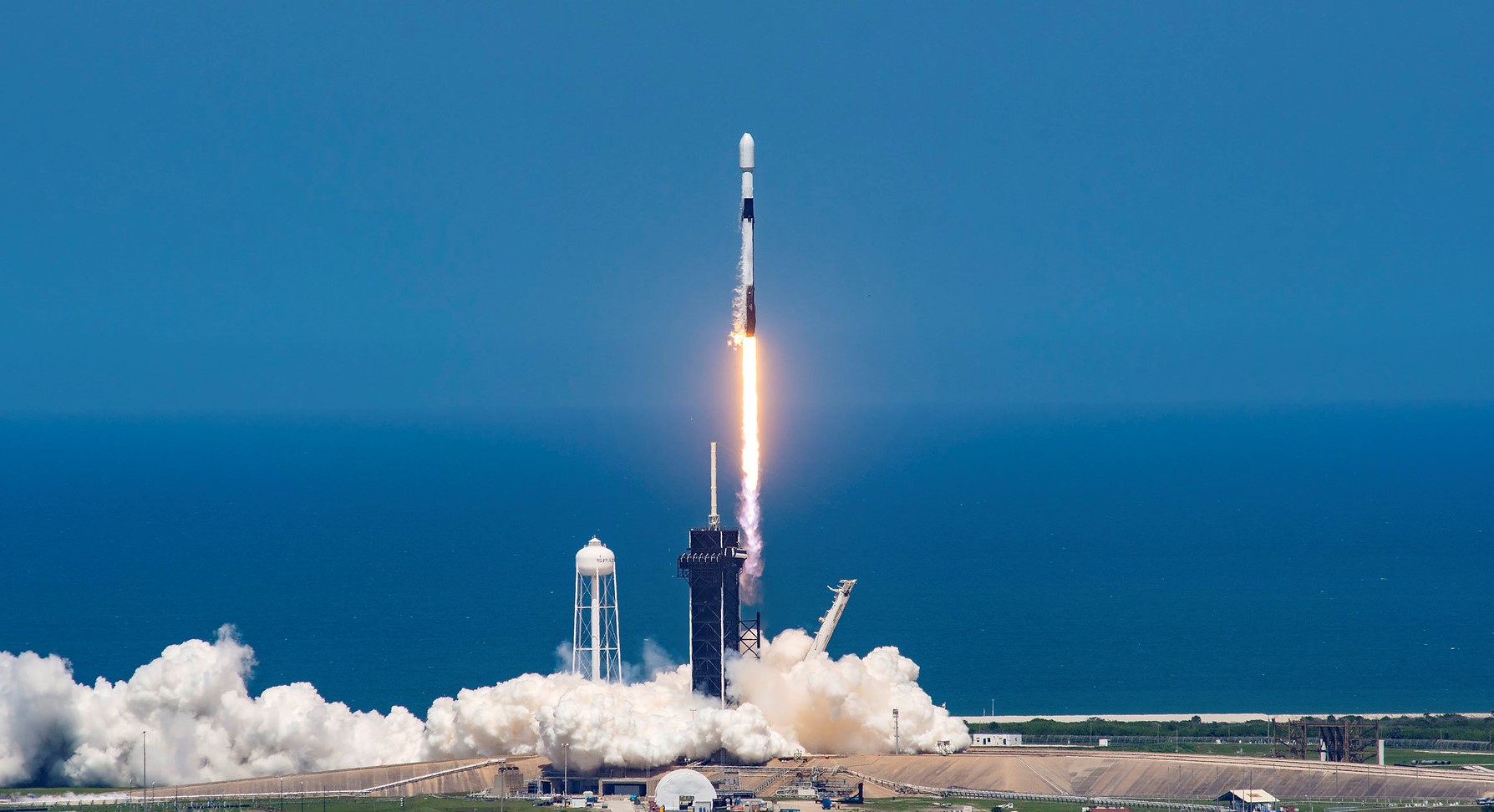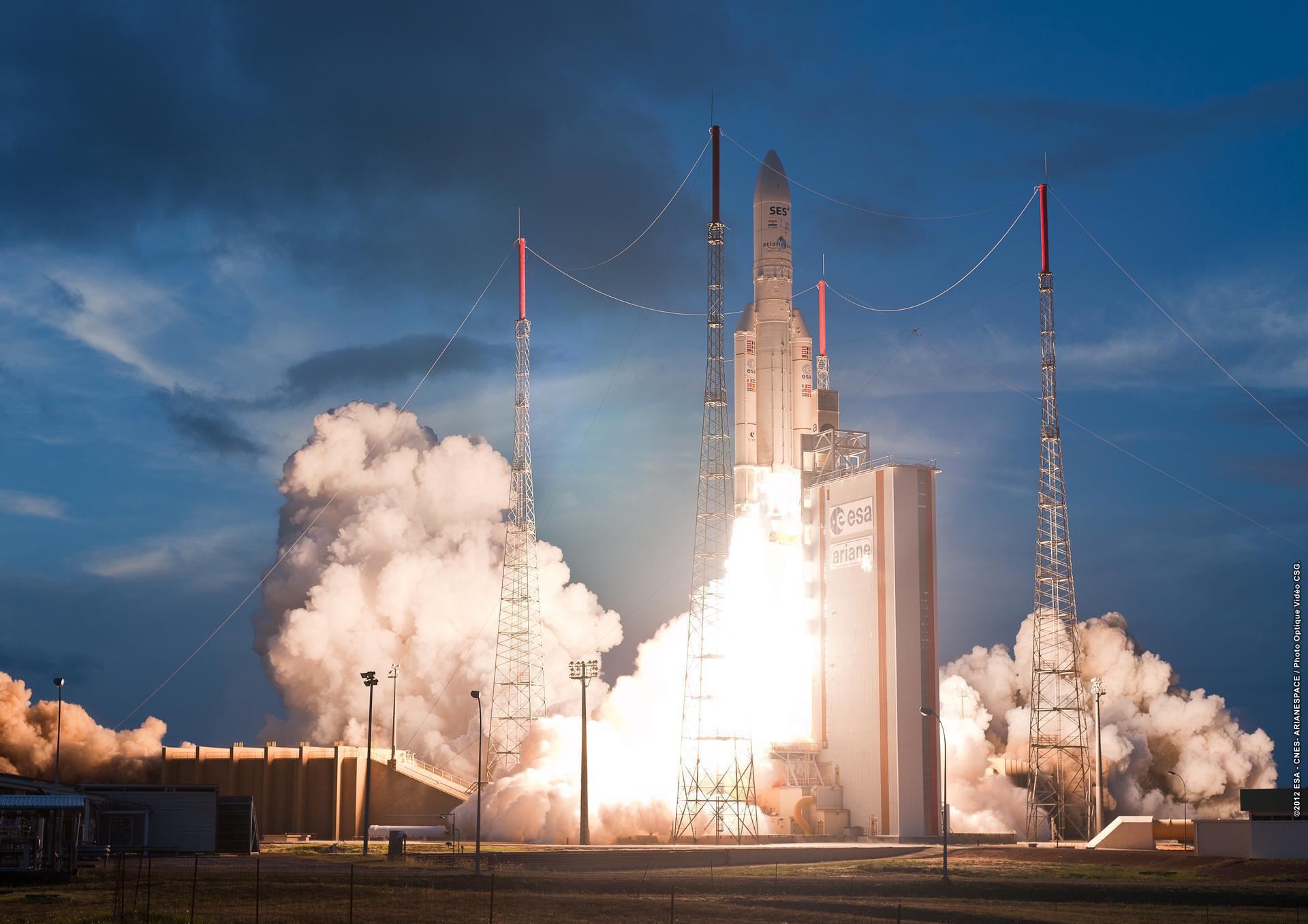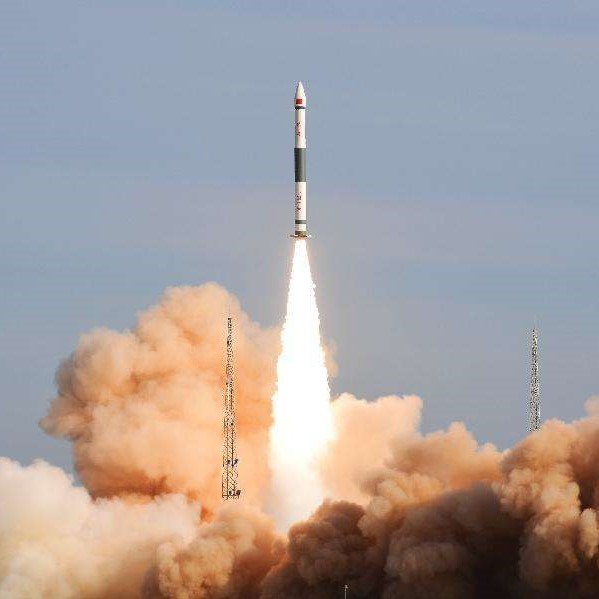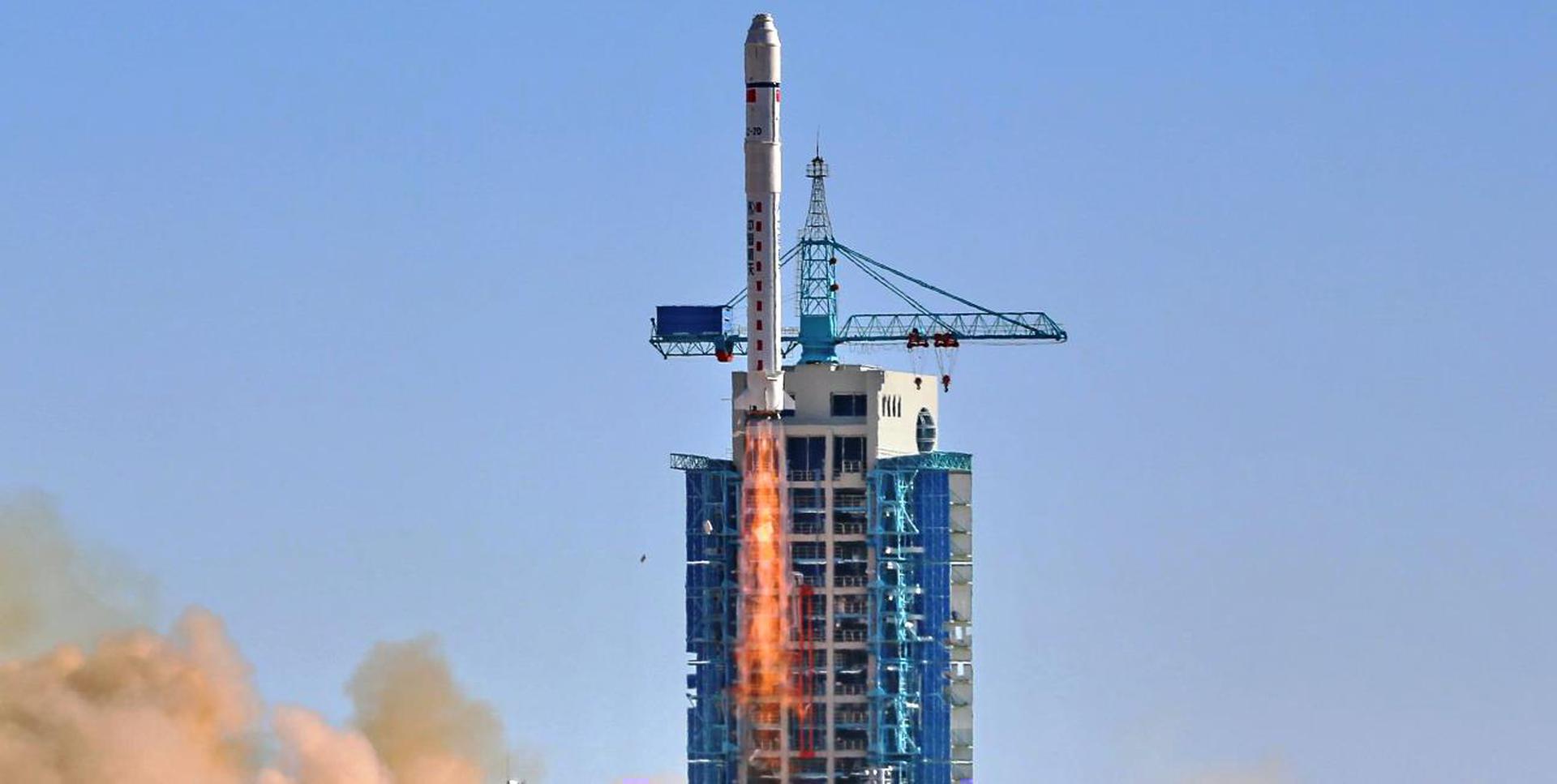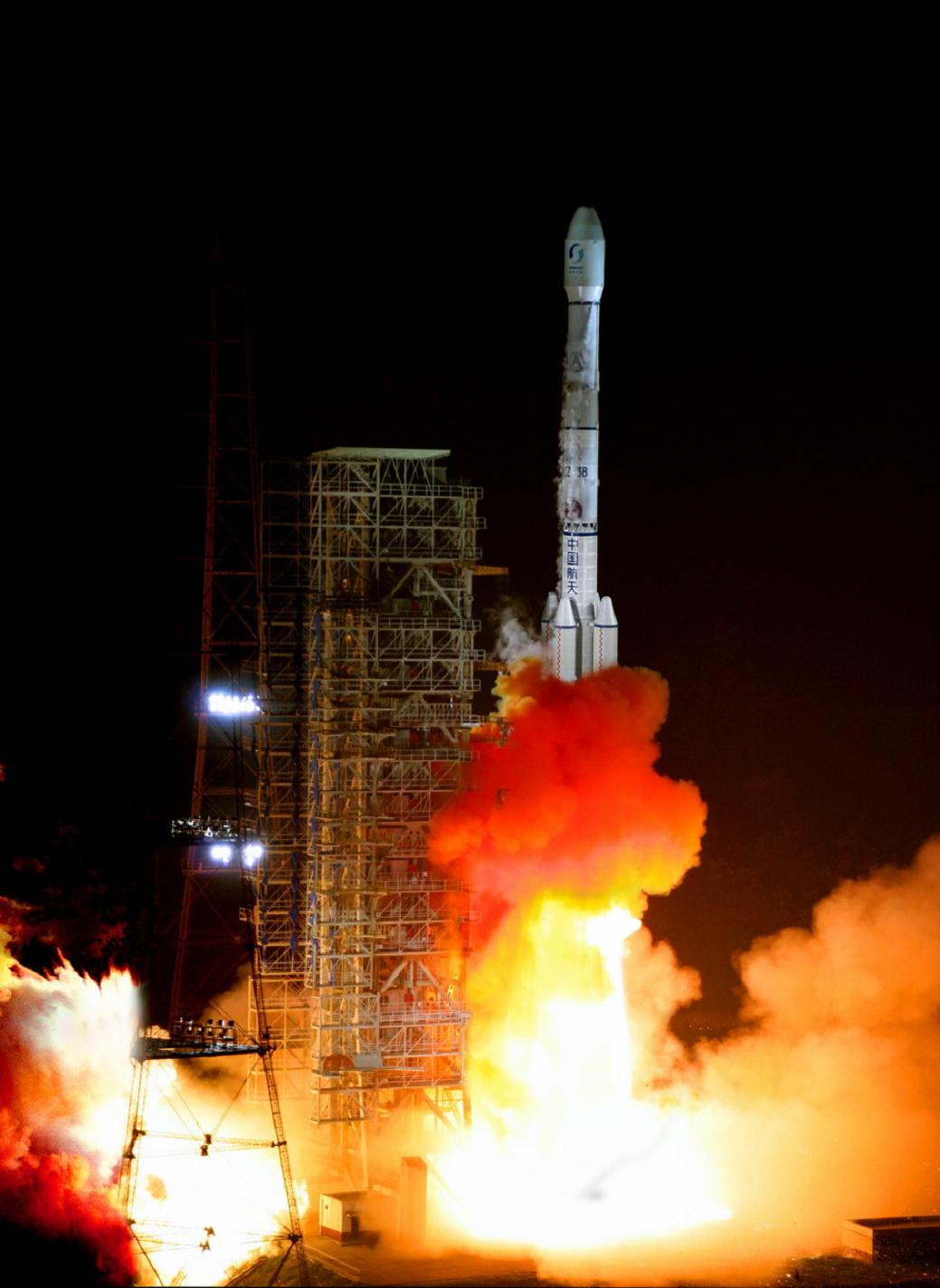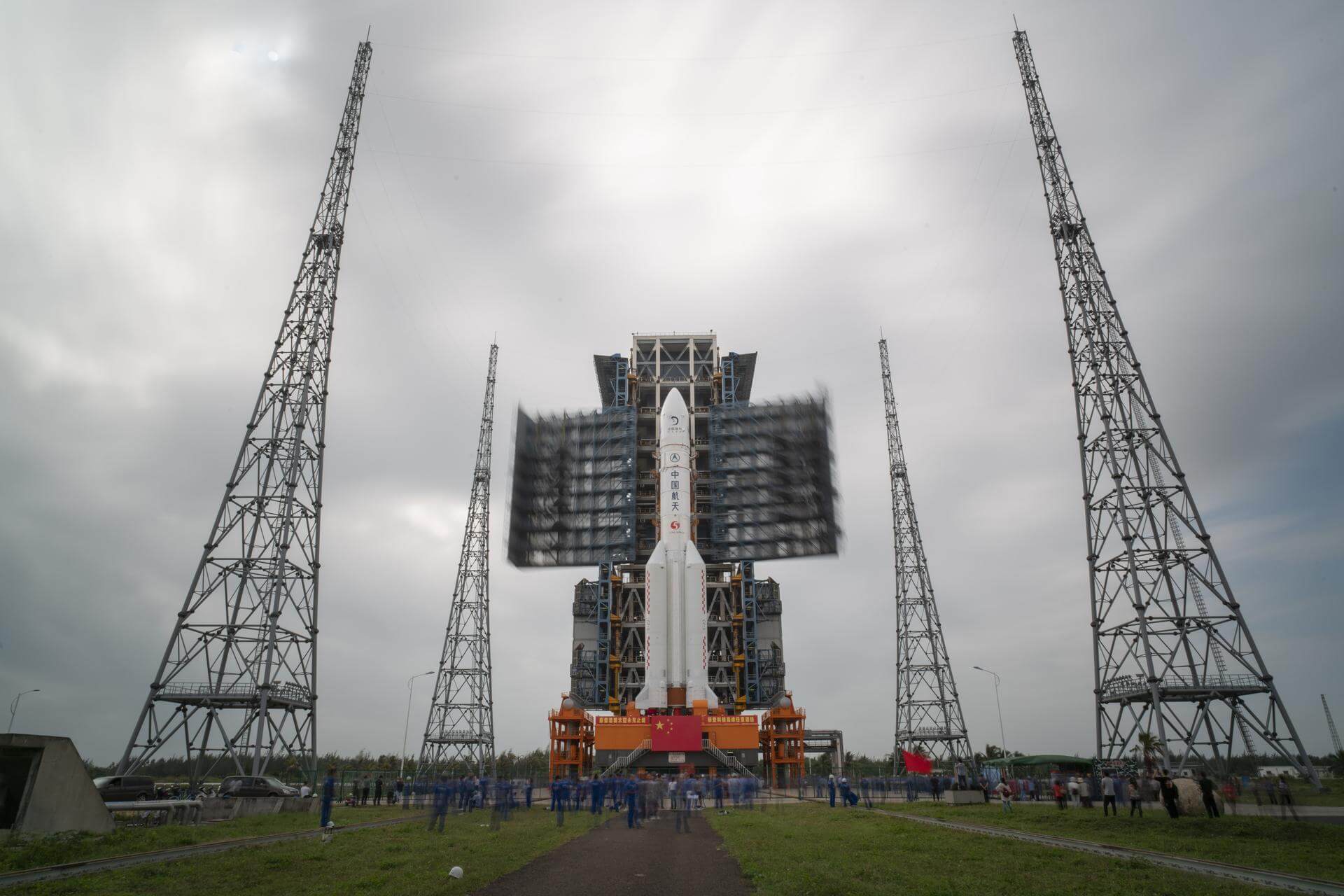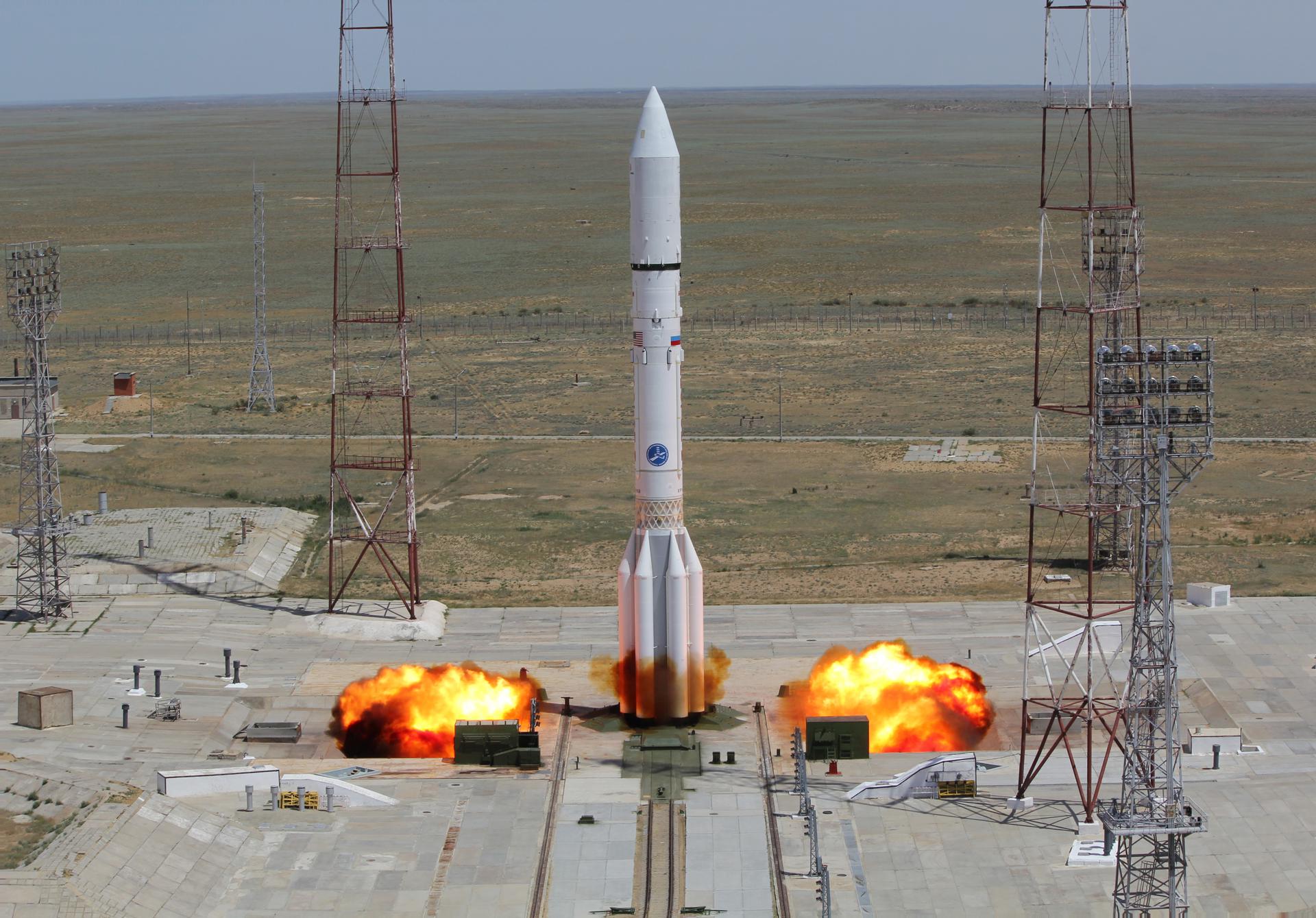Previous Spaceflight Launches
Filter by Agency, Locations or Vehicles
Show All LaunchesFalcon 9 Block 5 | Starlink 3
SpaceX | United States of AmericaCape Canaveral, FL, USA
Jan. 29, 2020, 2:06 p.m.
Status: Launch Successful
Mission:
Second operational Starlink payload of 2020 and third overall. The Falcon 9 launch vehicle will carry a batch of 60 Starlink satellites that will be insterted in a Low Earth Orbit (LEO) at an altitude of 290 km (180 mi) and an inclination of 53°. They will then split into three orbital planes and raise their orbits to reach an operational altitude of 550 km (342 mi). The Starlink LEO constellation aims to provide worldwide affordable satellite internet access. 182 satellites (120 operational) have been deployed so far, the goal scheduled for the mid-2020s being 12,000 satellites in orbit, with a possible later extension to 42,000. The booster for this launch will be B1051, a Block 5 generation core which previously flew on SpaceX's Demonstration Mission 1 (first Crew Dragon test flight) and launched the Canadian Space Agency's RADARSAT Constellation.
Low Earth Orbit B1051 - Flight Proven ( ) Of Course I Still Love YouFalcon 9 Block 5 | Dragon In-Flight Abort Test
SpaceX | United States of AmericaKennedy Space Center, FL, USA
Jan. 19, 2020, 3:30 p.m.
Status: Launch Successful
Mission:
When the Falcon 9 Block 5 rocket reaches Max-Q (maximum dynamic forces), the launch abort system of the Crew Dragon spacecraft will be triggered. This will fire up its SuperDraco engines and propel the spacecraft and its theoretical passengers away from the launch vehicle before landing back safely in the Atlantic Ocean. The goal of this test is to demonstrate the capacity of the spacecraft to ensure a safe return to the ground for the astronauts in the event of a launch vehicle failure. The booster for this launch will be B1046, a thrice-flown core which was the first of the Block 5 generation. It will not attempt to land and is expected to be destroyed by the SuperDracos and aerodynamic loads.
Suborbital B1046 - Flight Proven ( ) Atlantic OceanAriane 5 ECA | Eutelsat Konnect & GSAT-30
ArianeGroup | FranceGuiana Space Centre, French Guiana
Jan. 16, 2020, 9:05 p.m.
Status: Launch Successful
Mission:
Eutelsat Konnect is an all-electric, Ka-band geostationary communications satellite built by Thales Alenia Space for Eutelsat. It will provide broadband services to users in Africa and Europe. The baseline mission of the satellite is to provide 75 Gbps of capacity across a network of 65 spotbeams that together provide quasi-complete coverage of Sub-Saharan Africa. The satellite will address direct-to-user consumer and enterprise broadband services using dishes from approximately 75 cm. It will also be used for community networks connected to Wi-Fi hotspots, mobile phone backhauling and rural connectivity. Eutelsat Konnect is the first to use Thales Alenia Space’s all-electric Spacebus NEO platform, developed under the Neosat Partnership Project conducted by the European and French space agencies (ESA and CNES). More robust, more modular, more powerful, more innovative, more flexible, this platform is perfectly adapted to operators' expectations in the evolving telecommunication market, and particlularly well positioned for very demanding VHTS missions. Eutelsat Konnect will allow the in-orbit validation of the complete end-to-end system of the new Spacebus Neo product line, including the fully-electric orbit-raising phase GSAT-30 is a telecommunications satellite designed and manufactured by ISRO. To be positioned at a longitude of 83° East, it will provide high-quality television, telecommunications and broadcasting services over Indian mainland and Islands. GSAT-30 is configured on ISRO’s enhanced I-3K platform to provide communications services from geostationary orbit in C-and Ku-band for a lifetime greater than 15 years. By operating GSAT-30, ISRO will once again foster the use of space to help bridge the digital divide in the Indian subcontinent as part of its ambitious space program. These objectives are to develop India by focusing on all types of space applications, including navigation, Earth observation, telecommunications and broadcasts of educational programs, while pursuing science research and planetary exploration.
Geostationary Transfer OrbitKuaizhou-1A | Yinhe-1
ExPace | ChinaJiuquan Satellite Launch Center, People's Republic of China
Jan. 16, 2020, 3:02 a.m.
Long March 2D | Jilin-1 Wideband 01, Tianqi-4, NuSat-7 & 8
China Aerospace Science and Technology Corporation | ChinaTaiyuan Satellite Launch Center, People's Republic of China
Jan. 15, 2020, 2:53 a.m.
Long March 3B | TJS-5 (TJSW-5)
China Aerospace Science and Technology Corporation | ChinaXichang Satellite Launch Center, People's Republic of China
Jan. 7, 2020, 3:20 p.m.
Falcon 9 Block 5 | Starlink 2
SpaceX | United States of AmericaCape Canaveral, FL, USA
Jan. 7, 2020, 2:19 a.m.
Long March 5 | Shijian 20
China Aerospace Science and Technology Corporation | ChinaWenchang Space Launch Site, People's Republic of China
Dec. 27, 2019, 12:45 p.m.
Rokot/Briz-KM | Gonets-M24, Gonets-M25, Gonets-M26 & Blits-M
Russian Aerospace Defence Forces | RussiaPlesetsk Cosmodrome, Russian Federation
Dec. 26, 2019, 11:11 p.m.
Status: Launch Successful
Mission:
Gonets-M are an upgraded version of Gonets satellites, derived from military communications system Strela-3. Gonets-M constellation is tasked with monitoring ecological and industrial objects, providing communication and data transmission services, covering also the remote areas like the Far North region. Gonets-M satellites share the ride with the Blits-M microsatellite, which is a geodesic satellite tasked with determining precise orbit parameters for GLONASS satellites.
Low Earth OrbitProton-M/Blok DM-03 | Elektro-L No.3
Khrunichev State Research and Production Space Center | RussiaBaikonur Cosmodrome, Republic of Kazakhstan
Dec. 24, 2019, 12:03 p.m.
Status: Launch Successful
Mission:
Elektro-L is a series of meteorological satellites developed for the Russian Federal Space Agency by NPO Lavochkin. They are designed to capture real-time images of clouds and the Earth’s underlying surface, heliogeophysical measurements, collection and translating hydrometeorological and service data.
Geostationary Transfer Orbit